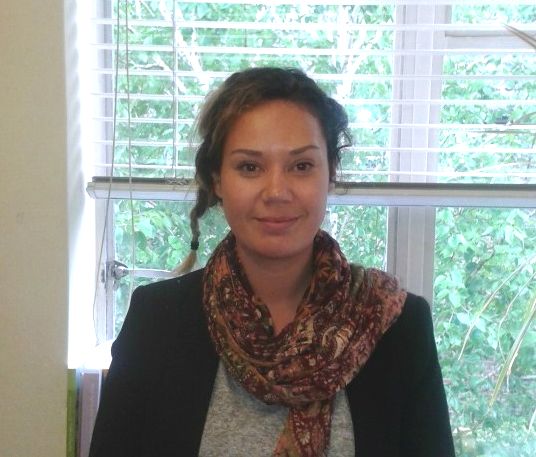
Sabrina Solomon, Ealing forensic team at St Bernard’s hospital in London
A day in the life of Sabrina Solomon
As an advocate with over seven years’ experience working in an acute inpatient setting, what continues to strike me most about my new role in a forensic service is the issue of security, not only the physical aspect of security but also the security of inpatients and my own personal security. Many actions or indeed many effects that we take for granted in our everyday life and work, I now must accept are a potential security risk in a forensic setting. In spite of this, my role here is to ensure that the voice of service users is heard, that service users can understand and exercise their rights, that they are upheld and that our clients receive the best possible treatment regardless of their past or their presentation.
You are trained to use bundles of keys to open and close the heavy locked doors, failure to do so could result in an inpatient escaping, this responsibility is yours and yours alone and at the moment remains at the forefront of my mind when entering and leaving the wards. The high, gated fences with barbed wire circling the top are a constant reminder that along with mental health issues many of the individuals that we support here have committed serious offences.”
What hits me next is security in relation to the patient, the Trust’s jargon for this is relational security. Self-harm is a huge issue here most evident at the female forensic site. Seemingly innocent looking objects can become a tool for self-harm. One afternoon, a client calls and recounts how she observed her best friend self-harm with a small piece of glass proceeding to insert other objects into the wound. My role in this instance is to be there and listen, to ascertain what support if any she needs to come to term with what she has witnessed.”
Finally, my own security is to be considered and this is far heightened than when I worked in an acute setting, it’s difficult not to be when you get intense training on how to access the unit and use the big bundle of keys given to you upon entry and how to defend yourself (break away) in the event of an attack.”
I know that in the next coming weeks and months I won’t be feeling so daunted by the issue of security, in the meantime a positive comment, a smile, or a good outcome for the individuals that I support leaves me in no doubt that I made the right decision about the path I have taken in the next leg of my advocacy career.
Sabrina Solomon
Forensic advocate, The Advocacy Project